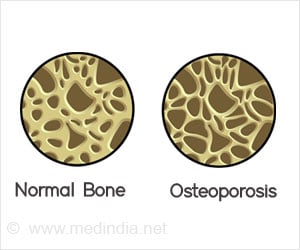Overall, opt-out states experienced a lower growth in anesthesia cases compared with non-opt-out states, 'opt-out' alone is not the silver bullet to improving access.

‘Previous studies have attempted to examine patient outcomes in opt-out states, but none has investigated whether opting out of the federal rule improved access to care.’





"The decision over whether to 'opt out' remains contentious in many states," said Eric Sun, M.D., Ph.D., study author and instructor in the Department of Anesthesiology, Perioperative and Pain Medicine at the Stanford School of Medicine, Stanford, California. "Previous studies have attempted to examine patient outcomes in opt-out states, but none has investigated whether opting out of the federal rule improved access to care. This study shows that 'opt-out' alone is not the silver bullet to improving access." Since 2001, 17 state governors have exercised the option to opt-out of a federal requirement that physicians supervise the administration of anesthesia by nurse anesthetists, citing increased patient access to anesthesia care as the rational for the decision.
In the study, investigators took the number of Medicare fee-for-service claims and divided it by the population aged 65 and older (U.S. Census Bureau) to get the "anesthesia utilization rate." Opt-out states included in this analysis were organized into groups based on opt-out year: Group 1-Iowa (2001); Group 2-Idaho, Minnesota, Nebraska, New Hampshire and New Mexico (2002); Group 3-Alaska, Kansas, Oregon and Washington (2003); Group 5- Wisconsin and South Dakota (2005); and Group 6-California (2009). Investigators then calculated the anesthesia utilization rate for the three years before and three years after opt-out and compared it to the anesthesia utilization rate for non-opt-out states in the same time period.
For Group 1, the average anesthesia utilization rate for non-opt-out states increased 32 percent compared to the opt-out state's 16 percent increase. Group 2 showed an increase of 26 percent for non-opt-out-states compared to the opt-out states' 18 percent increase. Group 3 increased 10 percent in non-opt-out states, while opt-out states increased seven percent. For Group 5, the rate increased -5 percent in non-opt-out states compared to -9 percent in opt-out states. Finally, Group 6 was the only group to show a slight increase in the opt-out state with an increase of 5 percent compared to the non-opt-out states' increase of 4 percent.
The analysis included 13 of the 17 opt-out states. The remaining four were excluded from the analysis for the following reasons: Kentucky opted out in 2012 and there was not enough data for it to be included. Colorado's opt-out rule was not consistently applied across the state. Montana opted out in 2004, reversed the decision in early 2005 and then restored its opt-out status in mid-2005. North and South Dakota were excluded because the data for both states were combined until 2007.
Advertisement













